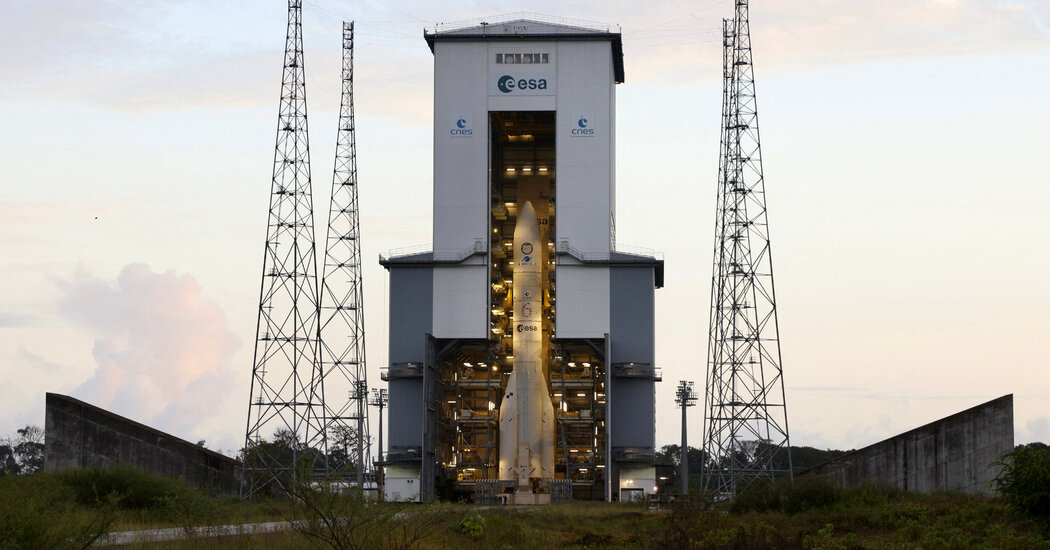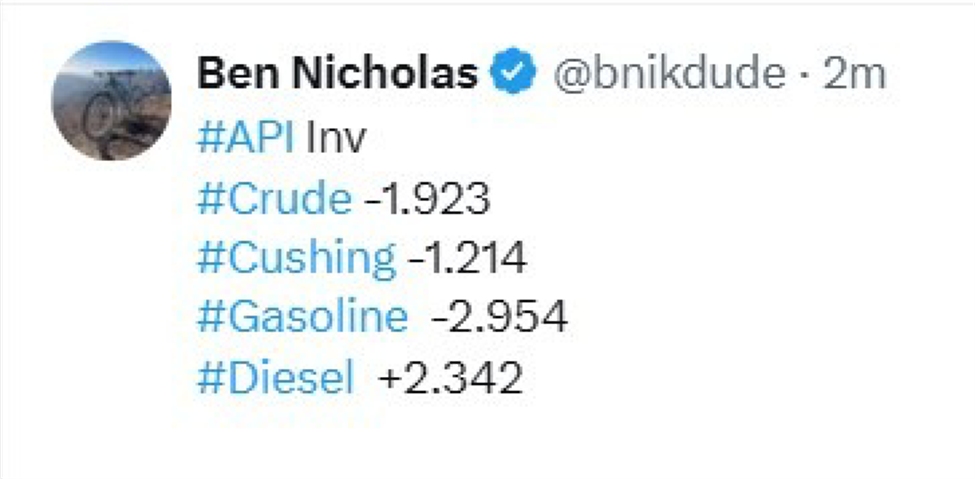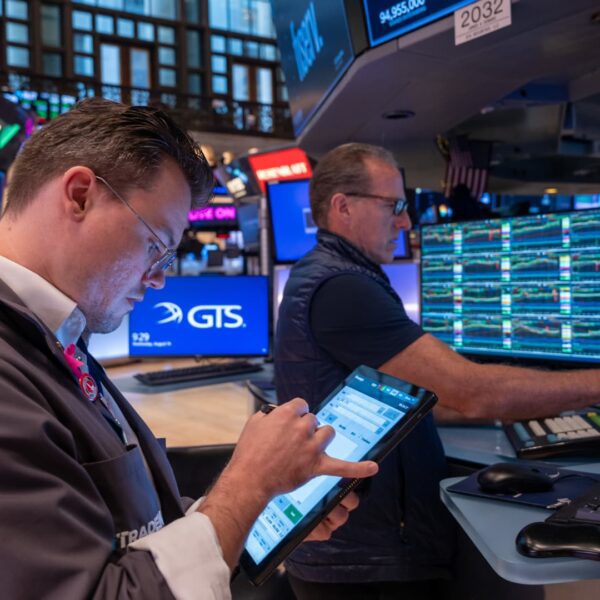At long last, Europe’s eagerly awaited rocket has earned its wings.
At 3 p.m. Eastern time on Tuesday — one decade after the European Space Agency set in motion a plan for a powerful new vehicle that would carry the continent’s ambitions to orbit — Ariane 6 soared away from the launchpad at Europe’s Spaceport in French Guiana. The debut flight, after years of delays, was met with applause, whoops and cheers, as it once again grants European nations in-house access to the final frontier.
Ariane 6 reached orbit 18 minutes and 44 seconds after liftoff. But it still has a series of maneuvers to pull off over the next two hours before the mission can be deemed a complete success.
Europe’s need to get to space — for climate monitoring, navigation satellites and exploration of the moon, Mars and beyond — is growing every year. A rocket built at home guarantees that European missions will be prioritized on their own terms and that the continent’s space program won’t be reliant on the good graces of non-European companies or international partners.
“We really need Ariane 6,” said Toni Tolker-Nielsen, ESA’s director of space transportation. If Tuesday’s flight continues on its successful trajectory, he added, it can be said that, “Europe is back.”
Critics of the Ariane 6 program, however, aren’t convinced that the rocket will prove to be globally competitive in the long term, citing out-of-date technology and inflated costs beyond what was originally promised.
Before Tuesday, European nations had been without independent access to space since July 2023, when Ariane 5, the vehicle that preceded Ariane 6, flew for the last time. Another smaller ESA rocket, Vega-C, has been grounded since 2022 because of a flight failure.
In the past, many of Europe’s missions flew on Russian Soyuz rockets. But Russia’s invasion of Ukraine led to a break in the relationship in 2022, halting European use of Russian launchers.
“When you do not have it, you realize how important it is,” Mr. Tolker-Nielsen said of a European-built way of getting to orbit and beyond.
Ariane 6 is built by ArianeGroup, a French aerospace company. It is the latest model in a family of rockets that have been used since the 1970s. ESA and Arianespace, a subsidiary of ArianeGroup that operates the vehicle, were aiming for a first flight by 2020. But technical challenges, the Covid-19 pandemic and a too-ambitious development schedule led to a four-year delay.
According to Philippe Baptiste, the president of France’s National Center for Space Studies, the delay was partly caused by lost technical knowledge, because too much time had elapsed between the development of Ariane 5, which began in 1988, and Ariane 6 in 2014.
Ariane 5 “was a very good launcher, and we kept it too long,” he said. The rocket used to be one of the most frequently launched vehicles on Earth, but recently it has been overshadowed by SpaceX’s Falcon 9, which offers comparable performance at a cheaper rate.
“We did not make evolutions at the right time, so we lost some capabilities in Europe,” Dr. Baptiste said.
Compared with its predecessor, Ariane 6 comes with several improvements, like an upper stage powered by an engine that can be reignited up to four times. This makes it possible for missions requiring orbits of different altitudes to fly on a single rocket. The last boost can also be used to maneuver the upper stage out of orbit, where it will burn up in Earth’s atmosphere instead of contribute to the growing population of space junk.
The new rocket has a maximum height of 203 feet and comes in two versions. Ariane 62, with two boosters, has a maximum weight of 540 metric tons at liftoff and is capable of carrying payloads of up to 10.3 metric tons to low-Earth orbit. Ariane 64 has four boosters with a maximum weight of 870 metric tons at liftoff, and can carry up to 21.6 metric tons to low-Earth orbit.
The last version of Ariane 5, by contrast, could carry payloads of around 20 metric tons to low-Earth orbit, while SpaceX’s Falcon 9 can lift nearly 23 metric tons there.
On Tuesday, ESA is testing the capability of the two-booster model with a suite of small missions from private companies, government agencies and research institutions. Some of the spacecraft are being deployed into orbit around Earth, while others are remaining on board to collect data during the flight. Two re-entry capsules will also be released as a demonstration of technology that will race through Earth’s atmosphere and may someday bring back cargo from space.
Whether Ariane 6 will be competitive in the global space market remains to be seen. In June, Eumetsat, a weather-monitoring agency of the European government, moved the launch of a new satellite from an Ariane 6 to a Falcon 9. And Ariane 6 is not partly reusable, a key factor that has reduced the cost of flight on Falcon 9 and driven SpaceX’s competitiveness.
“It’s just pure economics,” said Laura Forczyk, a space industry analyst who founded the aerospace consulting firm Astralytical. “If you are throwing away your rocket after every use, it’s not going to be cost-competitive.”
Unfortunately, she added, in many ways that makes Ariane 6 “already obsolete, before it is even operational.”
Ariane 6 was expected to be 50 percent cheaper than ESA’s other rockets, though its price has grown over the course of its long development. Officials from ESA, ArianeGroup and others involved in the rocket have been evasive about its total cost. At a prelaunch news conference in June, officials declined to elaborate about Ariane 6’s price per flight, or how the cost of production compares with that of Ariane 5.
Rocket reusability “is going to be a challenge for them over the long term,” said Clay Mowry, the president of the International Astronautical Federation and the former head of Arianespace’s U.S. subsidiary. Still, “they’ve made great strides,” Mr. Mowry said, including increased ignition, vehicle flexibility and launch capability.
Walther Pelzer, the director general of the German Space Agency, said he believed that Europe would master reusability in the future, but he does not think it is the only factor that will dictate Ariane 6’s success.
“Whether a launcher should be reusable depends on the market,” he said, adding that the customers Arianespace is targeting for Ariane 6 differ from those that use Falcon 9.
Whether a European rocket maker achieves reusability soon or not, Arianespace’s schedule for the new rocket is booked through mid-2028, with 30 flights planned for a variety of clients. This includes the 18 launches for Project Kuiper, Amazon’s effort to build an internet satellite constellation in space that will try to rival SpaceX’s Starlink service.
Following the inaugural flight, another Ariane 6 rocket is expected to fly as early as December. Six more launches are scheduled for 2025; the following year, eight are planned, including ESA’s Plato mission, a space telescope that will hunt for exoplanets.
At the news conference in June, Lucía Linares, ESA’s head of strategy and institutional launches, responded to doubts about the rocket’s future competitiveness by emphasizing that the last word lay with the customers.
“We have an order book that is full,” she said. “Ariane 6 is an answer to their needs.”















